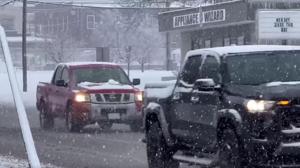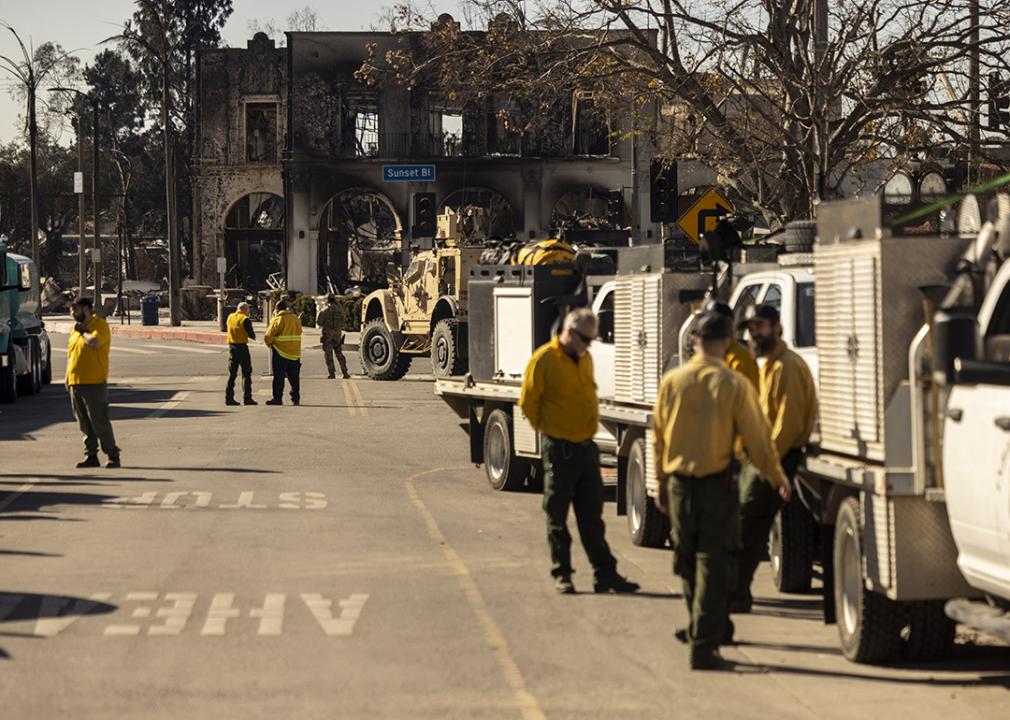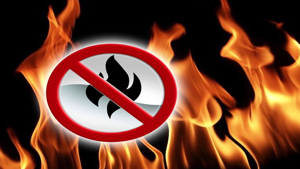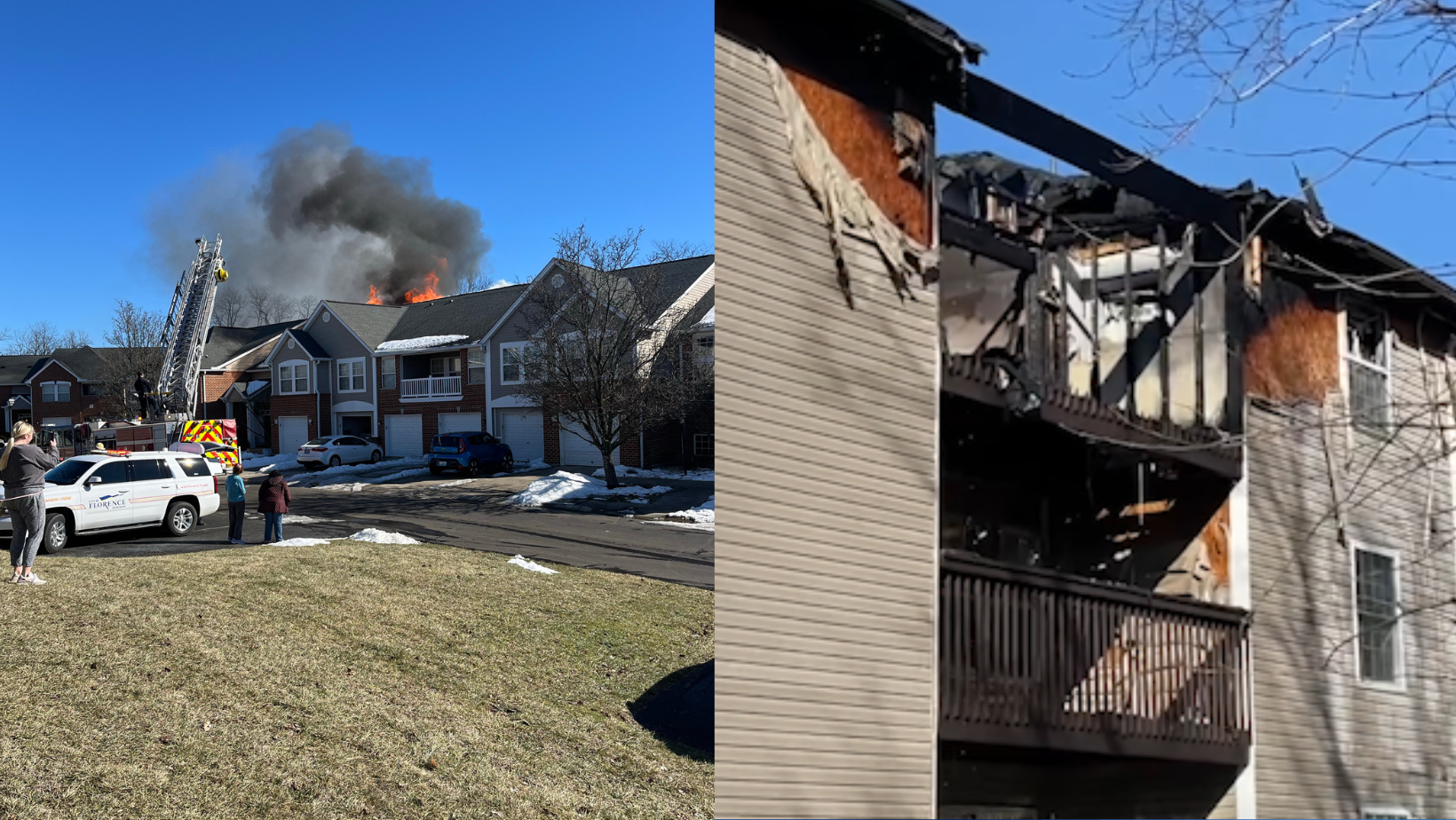
ST. LOUIS, Mo. (WSIL) — AAA is reminding motorists to make sure they take proper steps to ensure they are as safe as possible and remove possible road hazards before hitting the road.
Earlier this week, southern Illinois and southeast Missouri were hit hard with an ice storm which created very slick conditions on the roads. Five days later, the region is once again dealing with yet another winter weather system moving through.
The leftover ice on vehicles can become a deadly road hazard for you and other motorists. AAA says any ice or snow left on vehicles can become dangerous and possibly deadly, as they can dislodge while driving and become a problem for others on the road.
“As the ice and snow on your vehicle melts and refreezes, it creates a hardened outer shell that, if dislodged while driving, can have the same force as bricks flying off your car,” AAA spokesperson Nick Chabarria said. “That can cause significant damage to your vehicle and can become extremely dangerous to other drivers around you.”
The ice can cause damage to windshields, damage to windshield wipers, damage to the undercarriage to vehicles and more. If drivers fail to remove the ice from vehicles, drivers can be held liable for any damage caused to other vehicles.
“In many cases, the liability for dislodged ice is similar to a driver not properly securing a load that causes damage to other vehicles or causes a crash,” Chabarria added. “The best course of action to prevent unnecessary injuries or deaths and avoid a financial headache down the road is to properly clear off all ice and snow before driving.”
Here are some tips from AAA you need to know before hitting the road…
Preparing your vehicle for driving in bad weather
- Clear all snow and ice from the vehicle’s windows, roof, hood, trunk lid and any other covered areas. This will reduce risk, because it increases your visibility.
- Use an ice scraper to remove snow and ice from your windshield and all windows, including side and rear windows. This will improve your ability to see other roadway users that may move into your path of travel.
- To optimize visual clarity, clean the outside and inside of your windshield at least once a week. Frequent cleaning is even more important if you smoke.
- Keep your car’s windshield and rear-window defrosters in good working condition.
- Keep your windshield wiper blades fresh. Many drivers change them every six months, especially before driving in bad weather.
On the road
- Make sure your headlights are on. In fact, it is a good idea to turn on your headlights any time you drive, because you will increase your visibility in any conditions.
- Reduce your speed and leave plenty of room to stop. You should allow at least three times more space than usual between you and the vehicle in front of you.
- Brake gently to avoid skidding.
- Do not use cruise control on any wet, snow-covered or icy roads.
- Be aware of possible icy roads. Be especially careful on bridges and overpasses, which freeze sooner than roads. And even at temperatures above freezing, if conditions are wet, you might encounter ice in shady areas or on exposed roadways like bridges.
- Be careful on infrequently traveled roads, which may not be cleared as often as other roads.
Additional Winter Driving Safety Tips from AAA Missouri
- BEWARE OF DOWNED POWER LINES AFTER AN ICE STORM. Never approach or drive over a downed line. Always assume the line is live and report it to the fire department or electric company.
- Check road conditions with online state travel maps before leaving home.
- Use your seatbelt every time you get in the vehicle.
- Never warm up a vehicle in an enclosed area, such as a garage. In fact, modern vehicles do not require idle time prior to driving.
- Make sure the exhaust pipe isn’t clogged with snow, ice or mud. A blocked exhaust could cause deadly carbon monoxide gas to leak into the passenger compartment with the engine running.
- Never leave your vehicle unattended with the engine running.
- Keep your gas tank at least half full.
Download the free WSIL News and Weather apps for the latest stories and alerts sent straight to your mobile device. You may also see us on YouTube for the latest videos.
#AAA #reminds #drivers #remove #ice #snow #vehicles #Dislodged #ice #roads #dangerous #Consumer #Watch









Leave a Reply